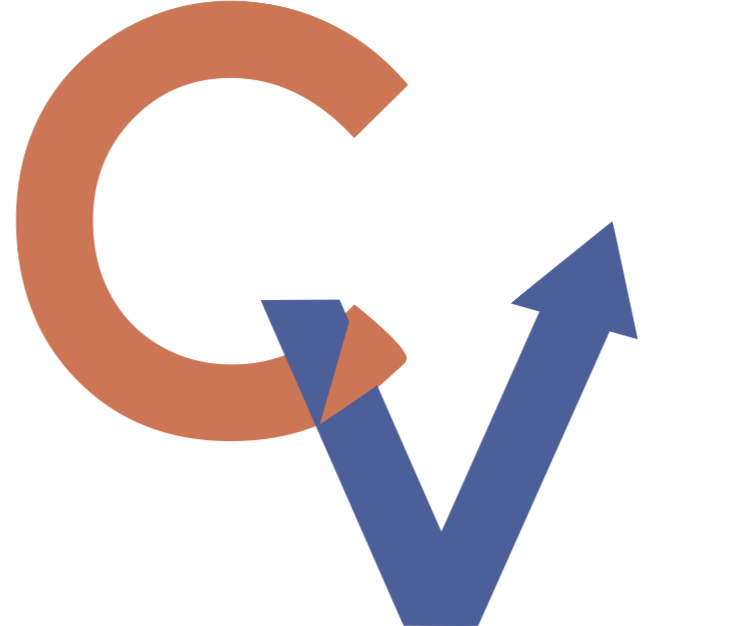How to Refine Your Professional Story
To get your dream job, you need confidence. That will come when you have your professional story down pat – in your resume, LinkedIn profile, and your mind. What’s your professional story?
Can you sum up your expertise and skills in a few short lines and weave that story throughout your resume with examples?
It is far from easy. But it’s critical. Just like in any story or piece of academic writing, you need a clear theme and messages to support that theme.
If you can’t clearly define your narrative, an employer is not going to take the time to read and re-read your resume until they figure out what you are all about. The majority of recruiters spend less than 30 seconds reviewing a resume.
If you have experience in totally different types of roles, that can become confusing.
Hone in on what exactly it is you want to be doing next.
“Sell your destiny, not your history.”
For example, if you did project management in the past but have zero interest in it now, you don’t need to totally lose it, but tone it down. It should not overpower your resume, and you likely don’t want to mention it in your career summary because an employer may get the idea that’s what you want to do. In that case, they may say, “hey, this project manager opportunity would be great for you!” when all you want to do is product development. The same thing happens on LinkedIn all the time. You may be contacted for project management roles when you want nothing to do with them.
Let’s start from the top of your resume.
Career Summary
First, create what I call an umbrella statement, or career summary, at the top of your resume. These first few lines should describe briefly the skills you have in terms of where you want to go. Your bullets under each job in your resume are the supporting evidence for these claims.
Answer these 3 questions to help you craft it.
1. What do I do in my current or most recent job that I enjoy? What skills am I using?
2. In my past work, what did I find most rewarding and what skills did I employ?
3. What skills do I want to use in my next role or in future roles?
The third question is key, because that will tell you how to shape your story from the top and throughout your bullets.
Emphasize everything you’ve done that supports where you want to go.
Here are four sample career summaries.
Expert project manager with 12 years of experience in healthcare non-profits leading program development, community outreach, and the design and delivery of educational content. Acknowledged for event management skills and ability to inspire teammates.
Versatile statistician with 20+ years of experience in healthcare, pharmaceutical, and market research firms developing creative solutions to complex research questions using SAS and other tools. Recognized for communication ability, concise writing skills, and for proactively tackling challenging problems.
Job Description Bullets
After thinking through the three questions above and crafting your summary toward where you want to go next, you should have a good idea of the skills you need to emphasize to support your story.
Don’t simply tell by making a laundry list of responsibilities; show what you did.
Provide detailed examples with the purpose or result of each task. Group them under a subheading that names a skill you want to emphasize.
For example:
Program and relationship management
· Served as project manager for a $25K/month client, utilizing project management tools and methodology.
· Managed logistics for annual client summit in Washington, D.C., resulting in 75% of clients attending.
Strategic planning
· Instituted Basecamp as firm’s first project management tool with goal of increasing efficiency and profits.
· Created marketing plan for nurse philanthropy training (total of 500 attendees), meeting requirements to maintain accreditation as a continuing education program.
The subheadings relate this candidate’s experience to specific skills she has developed and intends to continue to use in her next job.
Each bullet underneath the subheadings supports her ability to utilize those skills. The examples are specific and contain details, along with the impact or end goal of her work.
When you tell your story effectively in your resume, you let the employer understand clearly who you are and what you have to offer. Narrow your focus and emphasize your skills and experience that relate to what is most important, i.e., where you want to go next.
